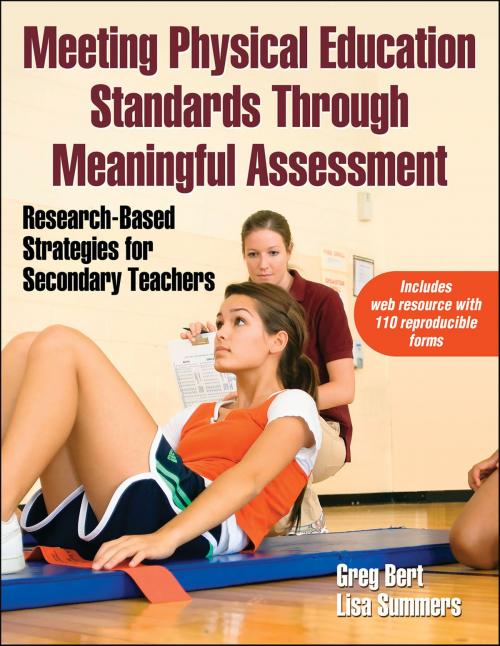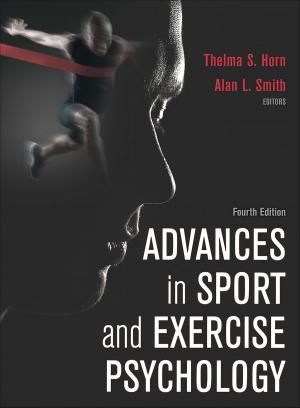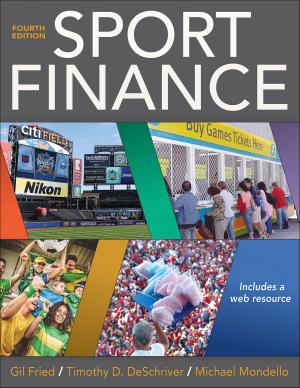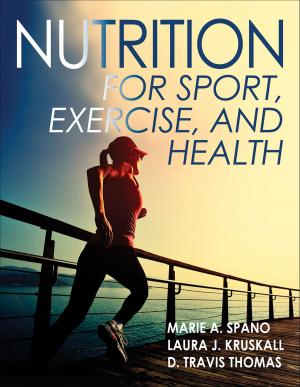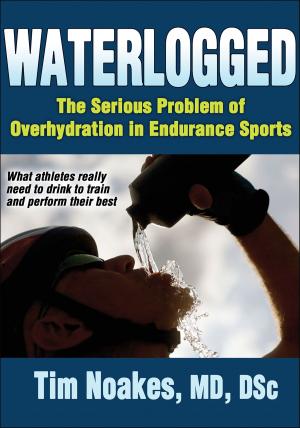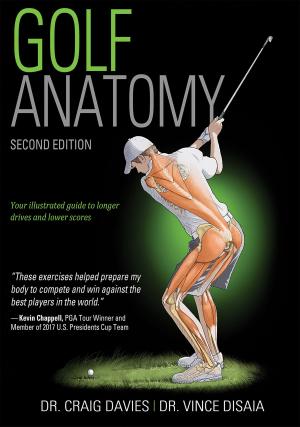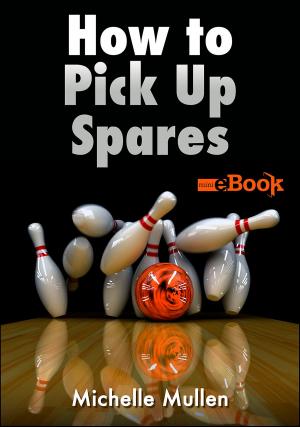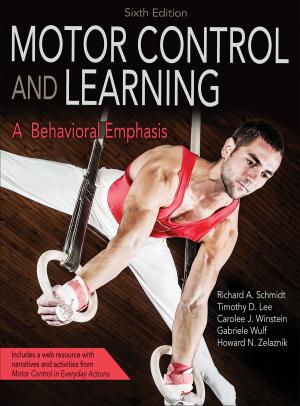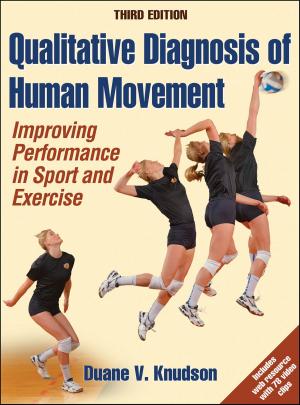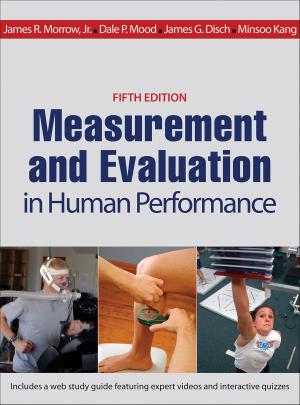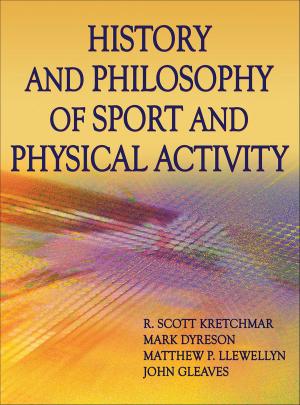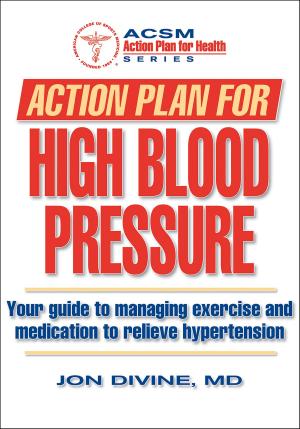Meeting Physical Education Standards Through Meaningful Assessment
Research-Based Strategies for Secondary Teachers
Nonfiction, Reference & Language, Education & Teaching, Secondary Education| Author: | Greg Bert, Lisa Summers | ISBN: | 9781492581420 |
| Publisher: | Human Kinetics, Inc. | Publication: | November 16, 2012 |
| Imprint: | Human Kinetics, Inc. | Language: | English |
| Author: | Greg Bert, Lisa Summers |
| ISBN: | 9781492581420 |
| Publisher: | Human Kinetics, Inc. |
| Publication: | November 16, 2012 |
| Imprint: | Human Kinetics, Inc. |
| Language: | English |
As the use of standards-based assessment spreads in response to the increased emphasis on accountability, physical educators are faced with the task of demonstrating how their curricula and learning outcomes align with national, state, and district standards. Implementing assessments that align with each of these standards can be a real challenge.
Meeting Physical Education Standards Through Meaningful Assessment: Research-Based Strategies for Secondary Teachers will help you simplify this task. With practical, easy-to-implement strategies, this resource guides both experienced and novice secondary physical education teachers in assessing students to ensure they learn what is essential for leading vigorous, healthy, and active lives as adults.
Meeting Physical Education Standards Through Meaningful Assessment begins with a quick primer on the benefits of using standards-based assessment, helping you become familiar with current national standards as well as the importance of selecting effective assessment strategies. Next, you’ll learn about six power standards that are based on NASPE standards and detail clear objectives designed to encourage your students’ growth as physically educated individuals, such as fitness knowledge, self-motivation, and sportsmanship. Each power standard includes a corresponding kid-friendly objective that states the standard’s intent in easy-to-understand language so you can communicate to your students what you want them to achieve. Each standard also identifies learning targets that define what is necessary for achieving that standard. You’ll learn how to assess students on each of the power standards and how to plan physical education lessons that connect to each standard.
Next, you’ll discover how game-based assessments can help you evaluate students according to each standard in the psychomotor, cognitive, and affective domains. These active assessments also keep your students engaged and challenged and help you make the most of your instructional time. Finally, you’ll learn how to assess students on several standards simultaneously during activity and how to differentiate instruction.
Meeting Physical Education Standards Through Meaningful Assessment jump-starts your assessment overhaul with ready-to-use formative and summative assessments, including templates and answer keys for each form. All of these forms and templates are accessible online through the book’s accompanying web resource.
If you want to change your current assessment system and are looking for some help getting started, then this book is for you! Strengthen your assessment process, align your curriculum with physical education standards, and help your students on the path toward a lifetime of physical fitness with Meeting Physical Education Standards Through Meaningful Assessment.
As the use of standards-based assessment spreads in response to the increased emphasis on accountability, physical educators are faced with the task of demonstrating how their curricula and learning outcomes align with national, state, and district standards. Implementing assessments that align with each of these standards can be a real challenge.
Meeting Physical Education Standards Through Meaningful Assessment: Research-Based Strategies for Secondary Teachers will help you simplify this task. With practical, easy-to-implement strategies, this resource guides both experienced and novice secondary physical education teachers in assessing students to ensure they learn what is essential for leading vigorous, healthy, and active lives as adults.
Meeting Physical Education Standards Through Meaningful Assessment begins with a quick primer on the benefits of using standards-based assessment, helping you become familiar with current national standards as well as the importance of selecting effective assessment strategies. Next, you’ll learn about six power standards that are based on NASPE standards and detail clear objectives designed to encourage your students’ growth as physically educated individuals, such as fitness knowledge, self-motivation, and sportsmanship. Each power standard includes a corresponding kid-friendly objective that states the standard’s intent in easy-to-understand language so you can communicate to your students what you want them to achieve. Each standard also identifies learning targets that define what is necessary for achieving that standard. You’ll learn how to assess students on each of the power standards and how to plan physical education lessons that connect to each standard.
Next, you’ll discover how game-based assessments can help you evaluate students according to each standard in the psychomotor, cognitive, and affective domains. These active assessments also keep your students engaged and challenged and help you make the most of your instructional time. Finally, you’ll learn how to assess students on several standards simultaneously during activity and how to differentiate instruction.
Meeting Physical Education Standards Through Meaningful Assessment jump-starts your assessment overhaul with ready-to-use formative and summative assessments, including templates and answer keys for each form. All of these forms and templates are accessible online through the book’s accompanying web resource.
If you want to change your current assessment system and are looking for some help getting started, then this book is for you! Strengthen your assessment process, align your curriculum with physical education standards, and help your students on the path toward a lifetime of physical fitness with Meeting Physical Education Standards Through Meaningful Assessment.
